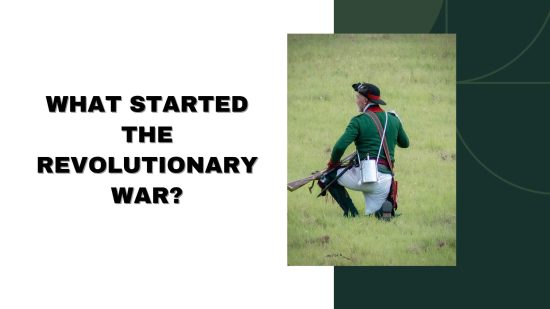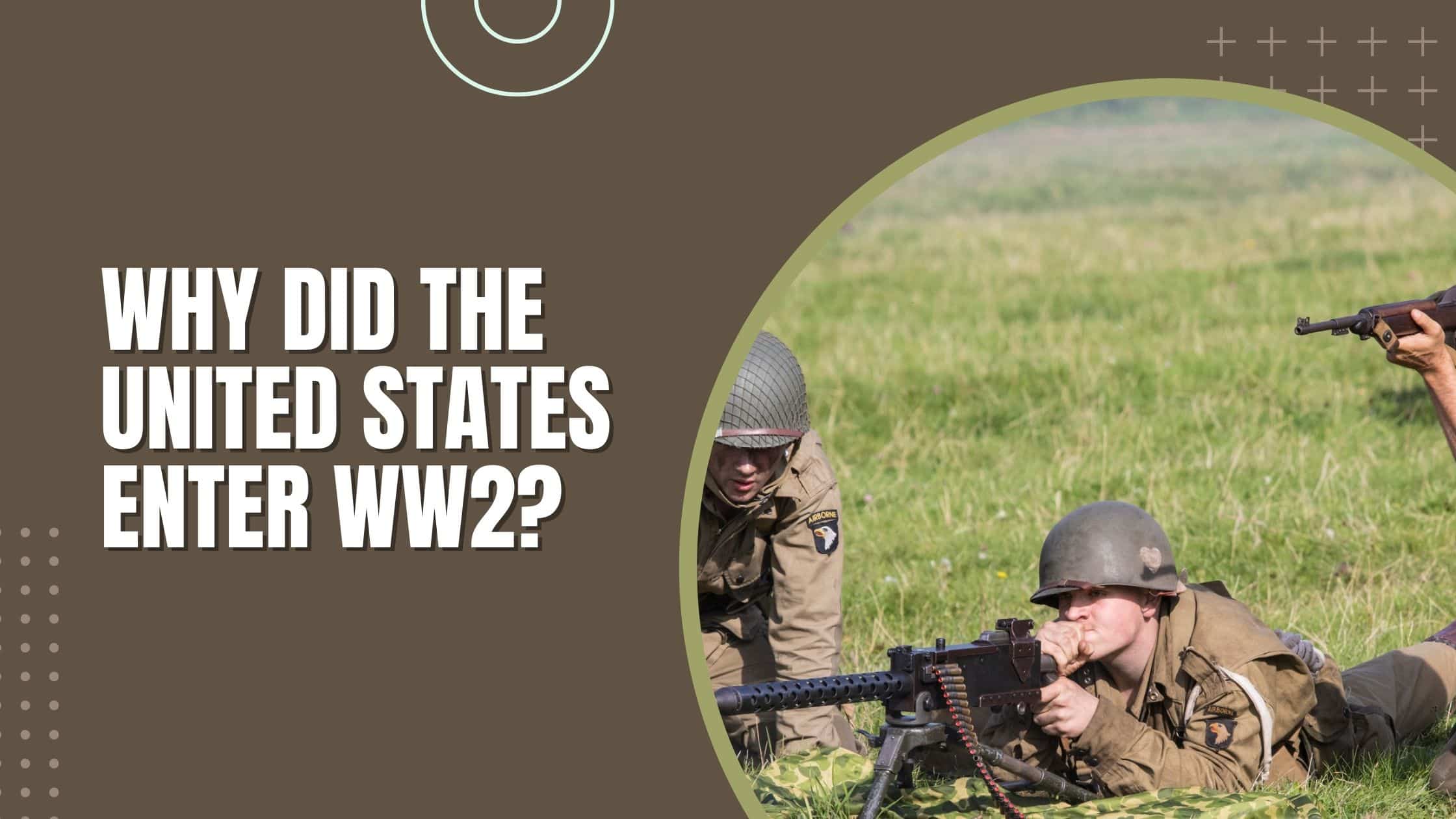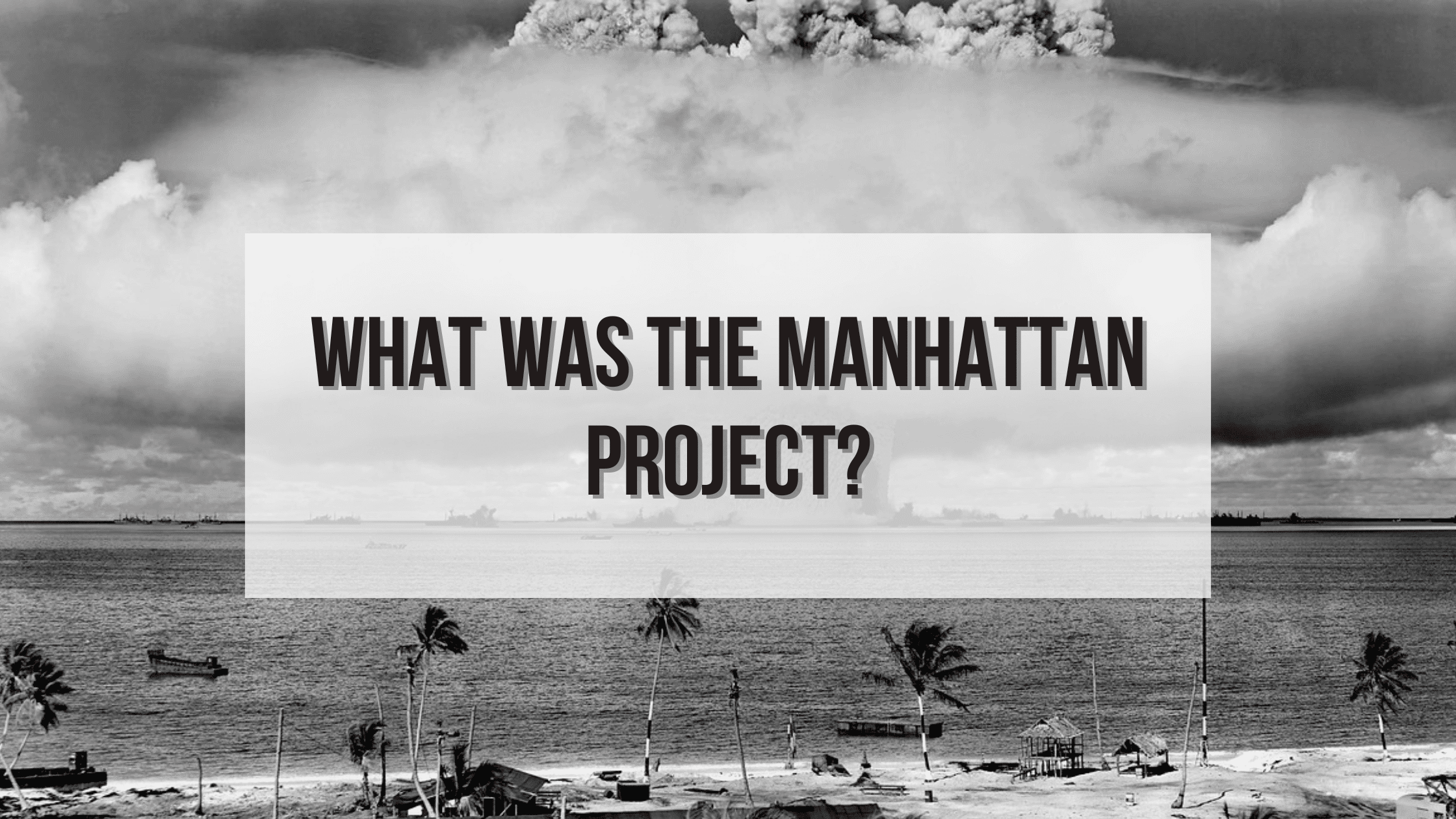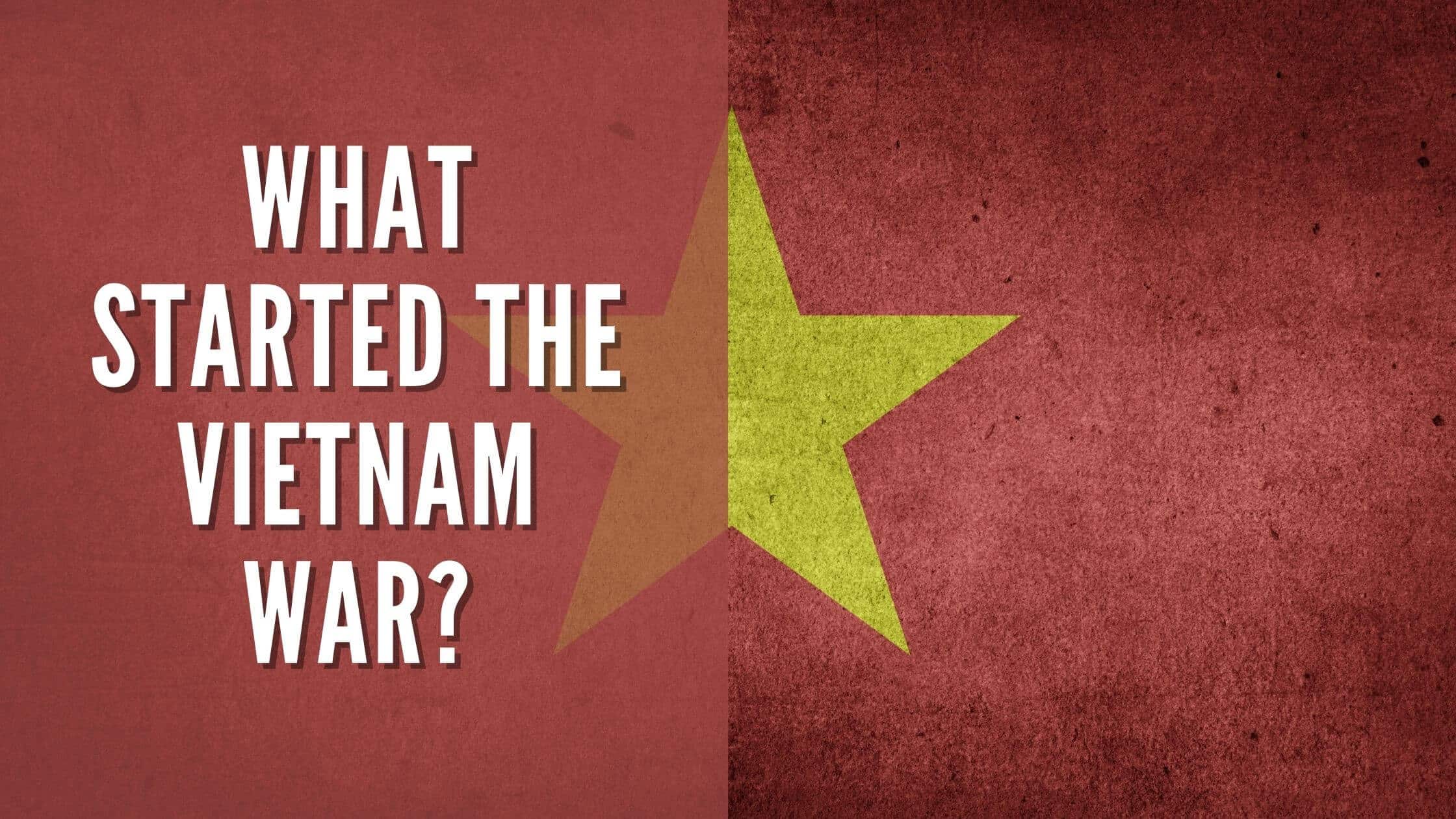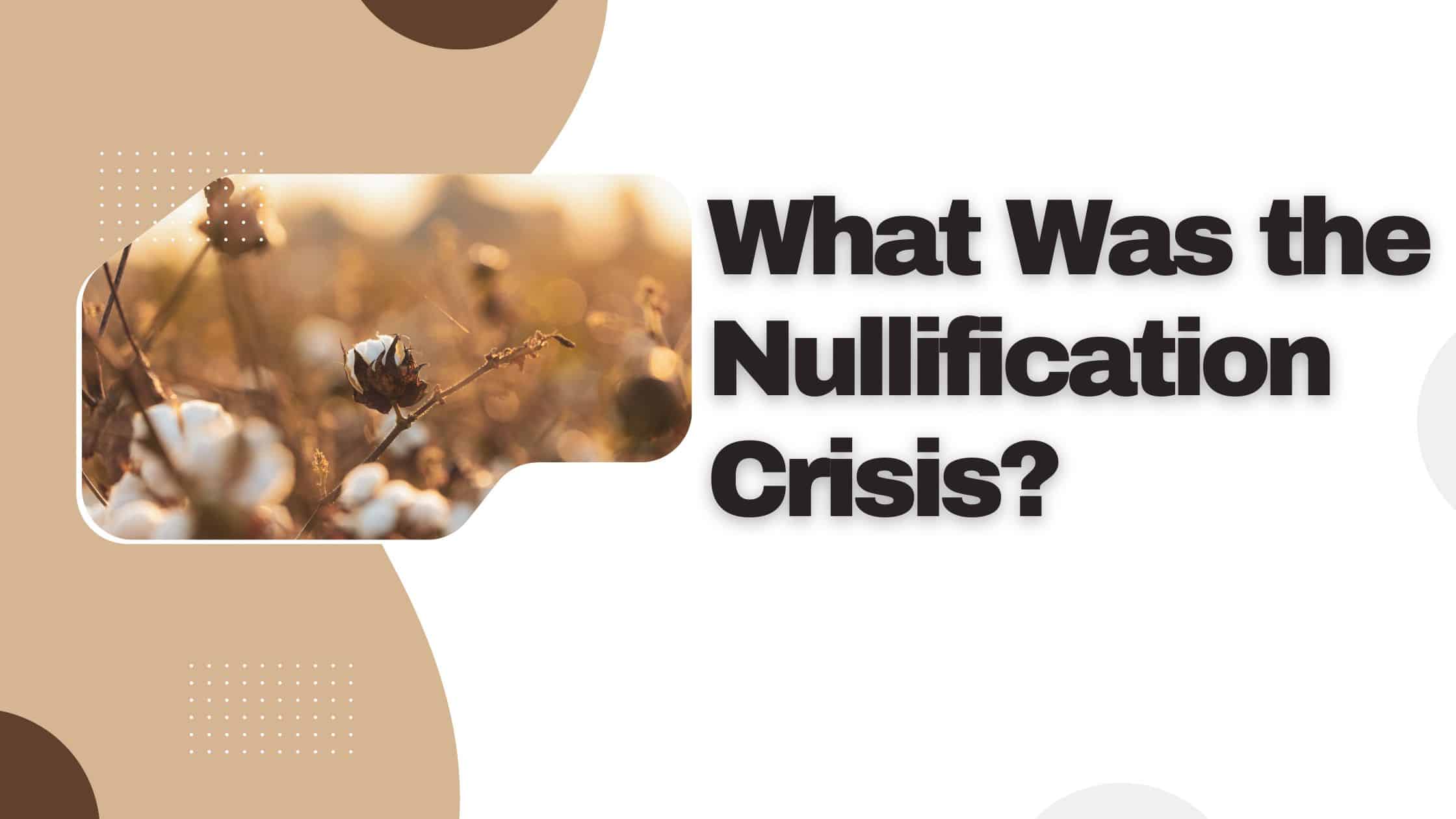Table of Contents
ToggleSources
- https://www.history.com/topics/american-revolution/american-revolution-history
This source from History.com provides a comprehensive overview of the American Revolution, including key events like the Declaration of Independence, the role of France and Spain, and major battles. It is authoritative and reliable for general information about the Revolutionary War. - https://www.britannica.com/event/American-Revolution
Britannica is a well-respected encyclopedia that offers detailed information on the American Revolution, including the causes, major events, and outcomes. It is particularly useful for understanding the Proclamation Line, tax levies, and the roles of Patriots and Loyalists. - https://www.archives.gov/founding-docs/declaration-transcript
The National Archives provides the full text of the Declaration of Independence, which is a primary source document central to the Revolutionary War. It is essential for understanding the colonists' grievances and their push for independence. - https://www.mountvernon.org/library/digitalhistory/digital-encyclopedia/article/proclamation-line-of-1763/
This source from George Washington's Mount Vernon offers detailed information about the Proclamation Line of 1763, its impact on British-colonial relations, and its role in escalating tensions leading to the Revolutionary War. It is a reliable source for understanding this specific aspect of colonial history. - https://www.bostonteapartyship.com/boston-massacre
The Boston Tea Party Ships & Museum provides an authoritative account of the Boston Massacre, including its causes and consequences. This source is relevant for understanding the escalating tensions between colonists and British authorities.
Key Points
- The American Revolution (1775-1783) led to America's independence from Great Britain.
- France and Spain supported the American colonists after the Declaration of Independence.
- The Proclamation Line of 1763 aimed to prevent conflict with Native Americans but disrupted existing treaties.
- British tax levies, including the Molasses Act, fueled colonial resentment, leading to the rallying cry 'No taxation without representation.'
- The Boston Massacre (1770) and Boston Tea Party (1773) escalated tensions between colonists and British authorities.
- The Intolerable Acts (1774) were punitive measures against Massachusetts, further alienating the colonies.
- The Continental Congress organized boycotts, reducing British imports by 97% by 1775.
- The Battles of Lexington and Concord (April 19, 1775) marked the beginning of the Revolutionary War.
- Patriots sought independence, while Loyalists wanted to remain under British rule, dividing the colonies.
- Congress sought foreign alliances, such as through the Committee of Secret Correspondence, to strengthen their fight against Britain.
Summary
The Revolutionary War (1775-1783) marked America's fight for independence from British rule, fueled by tensions over taxation, trade restrictions, and colonial autonomy. Key events like the Boston Massacre, Tea Act protests, and the Declaration of Independence escalated the conflict, dividing colonists into Patriots (pro-independence) and Loyalists (pro-British). With support from allies like France and Spain, the war culminated in American independence, shifting from a colonial dispute to a broader civil and international struggle.
Overview of the Revolutionary War
The American Revolution, or the Revolutionary War, was the event that led to America’s independence from Great Britain. It began on 19th April 1775 and ended on 3rd September 1783.
After the Declaration of Independence, France, and the Spanish Empire helped the Americans as the battle took place in North America, the Atlantic, and the Caribbean.
Prologue to the American Revolutionary War
When the Peace of Paris ended the Seven Years’ War in 1763, France was removed from the New France colony.
With the British gaining control over the regions of Atlantic Canada and West Florida, mainly occupied by the French and Catholics who spoke Spanish, Britain began colonizing the area.

One goal of Great Britain was to avoid strife with the American Indians who resided west of the Appalachian Mountains. Doing so would help save them a lot of money that would be needed to supply them for battle.
The Proclamation Line, a British produced boundary, was enacted so that the colony could be extended to Nova Scotia and West Florida, stopping an outbreak of war with the Native Americans from occurring.
The Proclamation Line
The takeover of the region eventually broke down the already established treaties and trading operations between the British colonists and American Indians.
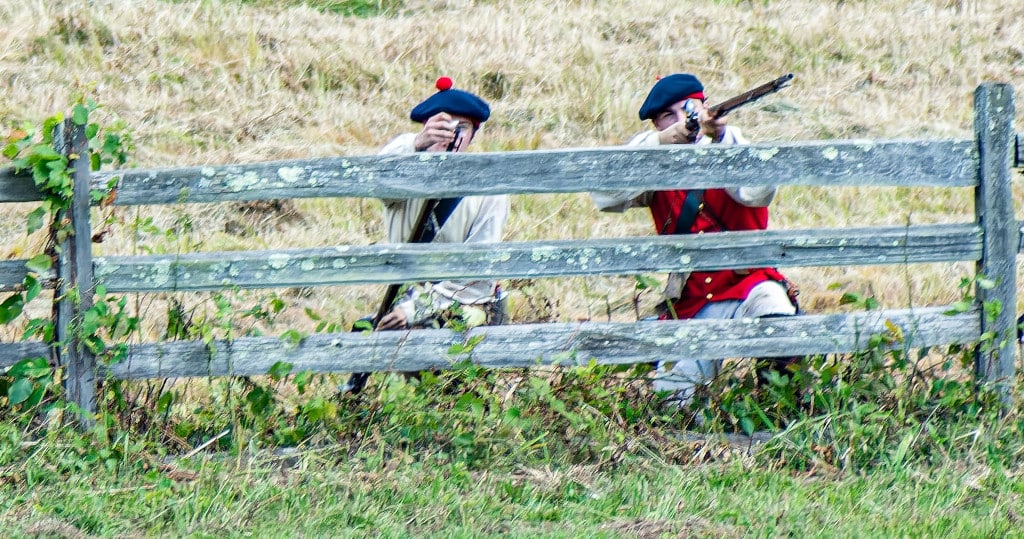
This reduced the Proclamation Line’s effect in helping keep the peace between nations. Besides Virginia and others that could not establish a settlement in the west, lawmakers laid out their “principle of boundaries.”
However, no agreement was made as to their exact placement. What followed this was a manning of the area by military troops, causing upheaval to rise over who would be responsible for their funding.
The Enaction of Tax Levies
In 1763, the government was mostly occupied by British property owners. The military received financial support from within. However, taxes were expected to be cut following the tackles with France. Though what occurred was the opposite, and taxes rose instead.

The Seven Years’ War left a huge debt over the nation’s head, and the cries to reduce taxes left the colonies to fend for themselves when funding their militia.
The Molasses Act
By that time, the Molasses Act had greatly influenced the importation of goods into the country that contained molasses, such as rum.
By 1765, the Navy received the command from the ministry of Grenville to prevent goods from being smuggled into Great Britain, which started to become a problem.
The Boston Massacre
1768 saw the beginning of the Boston riots taking center stage. In 1770, the whole debacle spiraled out of control with the occurrence of the Boston Massacre. The British military killed five people after a brawl broke out, and the people of the nation lashed out against the authorities.

Get Smarter on US News, History, and the Constitution
Join the thousands of fellow patriots who rely on our 5-minute newsletter to stay informed on the key events and trends that shaped our nation's past and continue to shape its present.

The Tea Acts
With tensions brewing, two years later came the Gaspee Affair. The Tea Trade headed by the East India Company almost came to a close after a banking collapse.
The British government enacted the Tea Act in response, allowing the company control over trading across 13 colonies. Those who smuggled understood this as another way the government would impose added tax levies.
Next came the significant event of the Boston Tea Party, with the Sons of Liberty taking charge and offloading 342 crates of tea imported tea into Boston harbor. The Intolerable Acts in 1774 was a reprimand for the actions of the Massachusetts colonists.
Separation From the British Crown
Throughout the 18th century, the governments of the colonies attempted to gain power from the British government. However, they were concerned that their withdrawal could lead to the breakout of war.
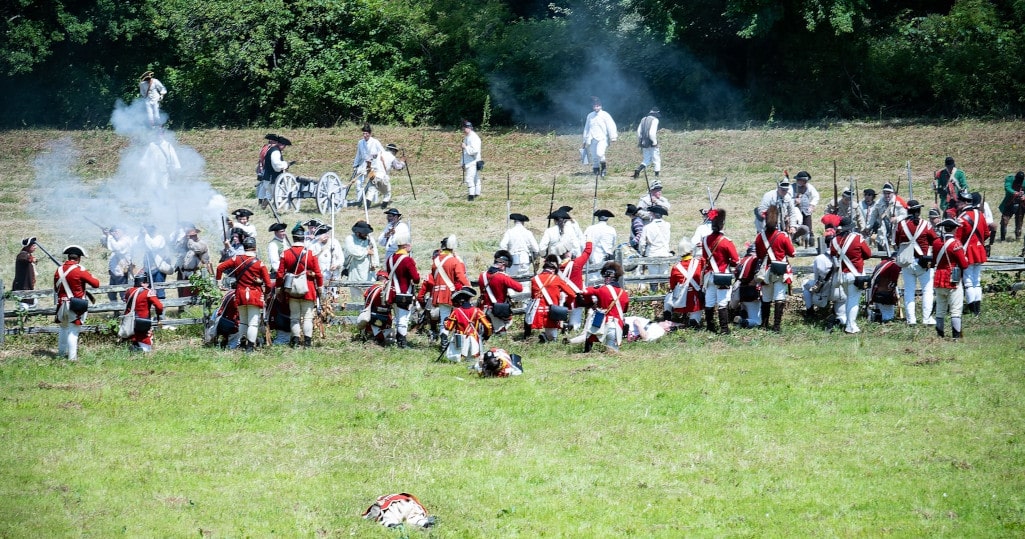
Therefore, they made a petition, sent to King George III, requesting a revoking of the Intolerable Acts.
James Duane and Joseph Galloway brought the people together to gain Congress’ approval of the government’s plans for trade. The Continental Congress supported the boycott, which would, in effect, drop imports to Britain by around 97% in just one year by 1775.
It wasn’t long before the government deemed Massachusetts to be in revolt and cut the colony off. July brought in the Restraining Acts, which reduced trade levels with the British and West Indies and cut off New England from entering Newfoundland.
With rising hostility, the Assembly was called into action, leading to the Battles of Lexington and Concord on the 19th of April, when the battle started.
Petitions for peace
Following victory at Concord, John Dickinson headed the Continental Congress in their pursuit of having King George III establish peace and bring the fighting to an end. Unfortunately for them, he made no acceptance, and the petition wasn’t taken to the king as planned.

The Americans were left disappointed as King George’s hands were tied with having to support his government. All dreams of peace were brought to an end as the Proclamation of Rebellion was enacted.
The government denied its acceptance by a total of 170 votes, believing it would lead the Americans to strive toward separation.
The Patriots vs. the Loyalists
But then, Congress voted in support of independence on the 2nd of July. The Revolution became a civil dispute at this point rather than one of a war of tax and trade disagreements.

The Patriots separated from the Loyalists as they supported the desire for American independence from Britain, while the Loyalists maintained their hopes of remaining under British rule.
It came about that votes for both were roughly evenly distributed from the Patriots to the Loyalists.
The Start of the Revolutionary War
Congress understood that to beat the British army, it would require allied assistance in the American colonies. And so, The Committee of Secret Correspondence was brought into action to establish help from other nations. What resulted from all of these events was the start of the Revolutionary War.
What Started the Revolutionary War? Quiz
Frequently Asked Questions
When did the Revolutionary War begin and end?
What was the significance of the Proclamation Line?
What event is known as the Boston Massacre?
What was the Boston Tea Party?
Who were the Patriots and the Loyalists?
How useful was this post?
Click on a star to rate it!
Average rating / 5. Vote count:
No votes so far! Be the first to rate this post.
We are sorry that this post was not useful for you!
Let us improve this post!
Tell us how we can improve this post?
